Description
A Vascular Doppler monitor is a hand-held ultrasound transducer used to detect the fetal heartbeat for prenatal care. It uses the Doppler effect to provide an audible simulation of the heart beat. Some models also display the heart rate in beats per minute (BPM). Use of this monitor is sometimes known as Doppler auscultation. The Doppler fetal monitor is commonly referred to simply as a Doppler or fetal Doppler. It may be classified as a form of Doppler ultrasonography (although usually not technically -graphy but rather sound-generating).
Doppler fetal monitors provide information about the fetus similar to that provided by a fetal stethoscope. One advantage of the Doppler fetal monitor over a (purely acoustic) fetal stethoscope is the electronic audio output, which allows people other than the user to hear the heartbeat. One disadvantage is the greater complexity and cost and the lower reliability of an electronic device.[citation needed]
The device was invented in 1958 by Dr. Edward H. Hon,[1] Originally intended for use by health care professionals, this device is becoming popular for personal use.
Dopplers for home or hospital use differ in the following ways:
- Manufacturer: popular manufacturers are Baby Doppler, Sonoline, Ultrasound Technologies, Newman Medical, Nicolet (purchased by Natus), Arjo-Huntleigh, and Summit Doppler (now Cooper Surgical).
- Probe type: waterproof or not. Waterproof probes are used for water births.
- Probe frequency: 2-MHz or 3-MHz probes. Most practitioners can find the heart rate with either probe. A 3-MHz probe is recommended to detect a heart rate in early pregnancy (8–10 weeks gestation). A 2-MHz probe is recommended for pregnant women who are overweight. The newer EchoHeart 5-MHz transvaginal probes aids in the detection of fetal heart tones (FHT) early in pregnancy (6–8 weeks) and for patients who have a retroverted uterus or throughout pregnancy for FHT detection for women who are obese.
- Heart rate display: some Dopplers automatically display the heart rate on a built-in LCD; for others the fetal heart rate must be counted and timed by the practitioner.
A major advantage of being able to record and share the recording is that it can be emailed to a healthcare professional to be checked if there are any concerns about whether or not it is the fetus’s heart rate and whether or not is normal. Typically, they work from about 12 weeks.[citation needed]
The use of the word Sonicaid for Doppler fetal monitors comes from the products of the UK company Sonicaid Ltd. Sonicaid products included the D205/206 portable fetal Dopplers and FM2/3/4 series of fetal monitors. The company was acquired by Oxford Instruments in 1987 to form Oxford Sonicaid.
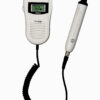

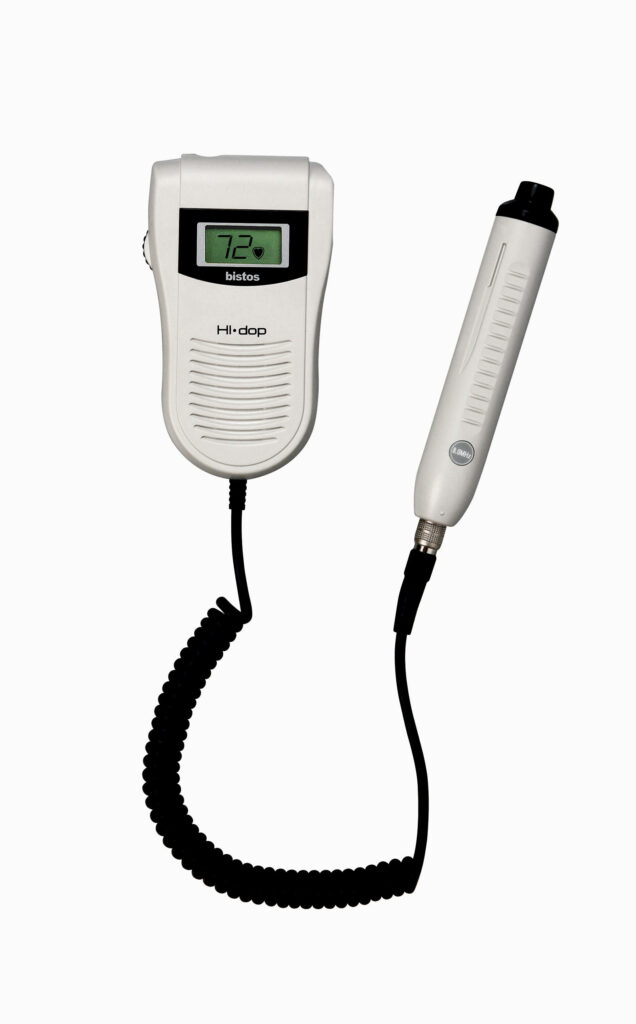
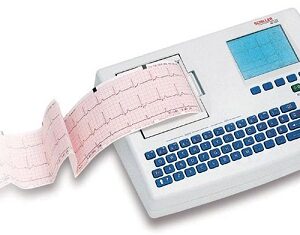

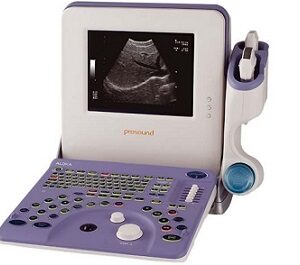
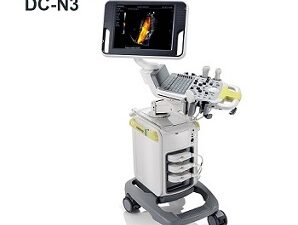

Reviews
There are no reviews yet.